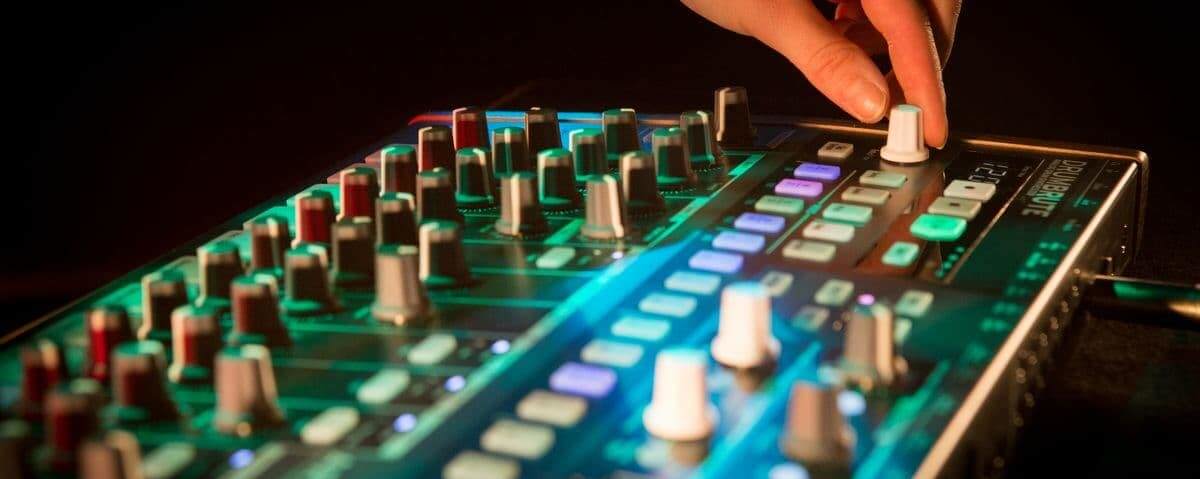Sequential Tempest
Launched: 2011
Original MSRP: $1999
Current Price: $1999
A few years before rebranding Dave Smith Instruments as Sequential (a nod to his iconic company, Sequential Circuits), Dave Smith released the Tempest, a really powerful analogue drum machine. For this project, Smith enlisted another electronic music instrument icon, Roger Linn, creator of LinnDrum, the sample-based predecessor of the Akai MPC series. As such, there probably isn’t another drum machine on the planet with as much creative DNA in its circuitry as the Tempest. It could never fail!
So, what do electronic musicians get with Tempest? The drum machine comes with six analogue voices and an operating system geared toward performance. Each of the six analogue voices features two analogue oscillators, with an additional two digital oscillators and a bank of samples. The Tempest also comes with the revered Curtis analogue low-pass filter, a high-pass filter, analogue VCA with feedback, five envelopes, two LFOs, and a wealth of modulation routings. It can also do tuned sounds and, with some tweaking, double as a six-voice analogue synth. The Tempest also features compression, distortion, delay and other effects. Indeed, a hell of a lot is packed into the Tempest.
Visually, the Tempest has Linn’s fingerprints on it in the form of the drum pads. Linn, as some may already know, is a pioneer of the drum pads, which appeared on the Akai MPC machines. On the Tempest, the pads are arranged in a 2×8 configuration, a compromise between the MPC’s 4×4 design and the 1×16 layout used for step sequencing. The velocity-sensitive pads can trigger 32 drum sounds from two banks and can be muted on playback. Like the MPCs, sounds can be played and arranged in real-time, making the Tempest not just a song creation engine, but a performance machine. It can also do drum rolls and momentary stutter effects.
Connectivity-wise, the Tempest works well with other machines via its stereo and phone outputs, MIDI in/out, and USB ports. Two pressure- and position-sensitive Note FX slide controllers allow users to make changes to sounds during playbacks, and can be recorded in the process.
The Tempest is deep. And with its analogue, digital, and sample-based architecture, it’s a fantastic blending of three different beat-making worlds.
